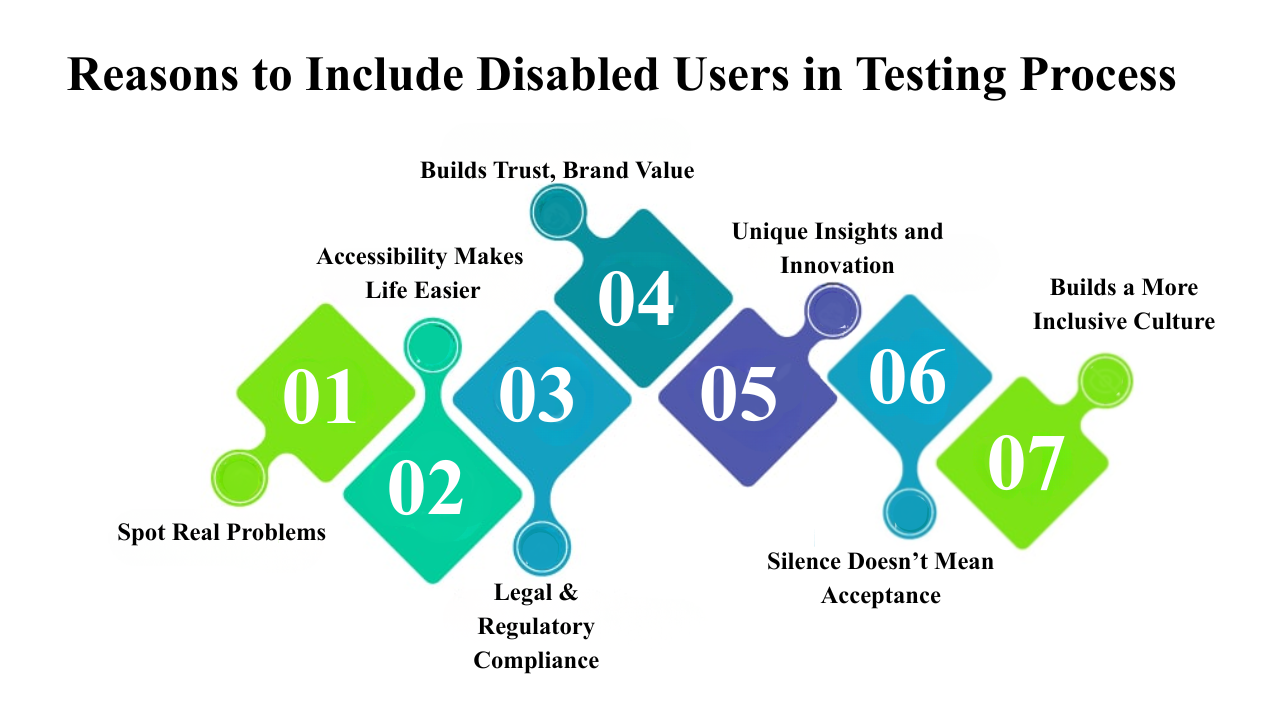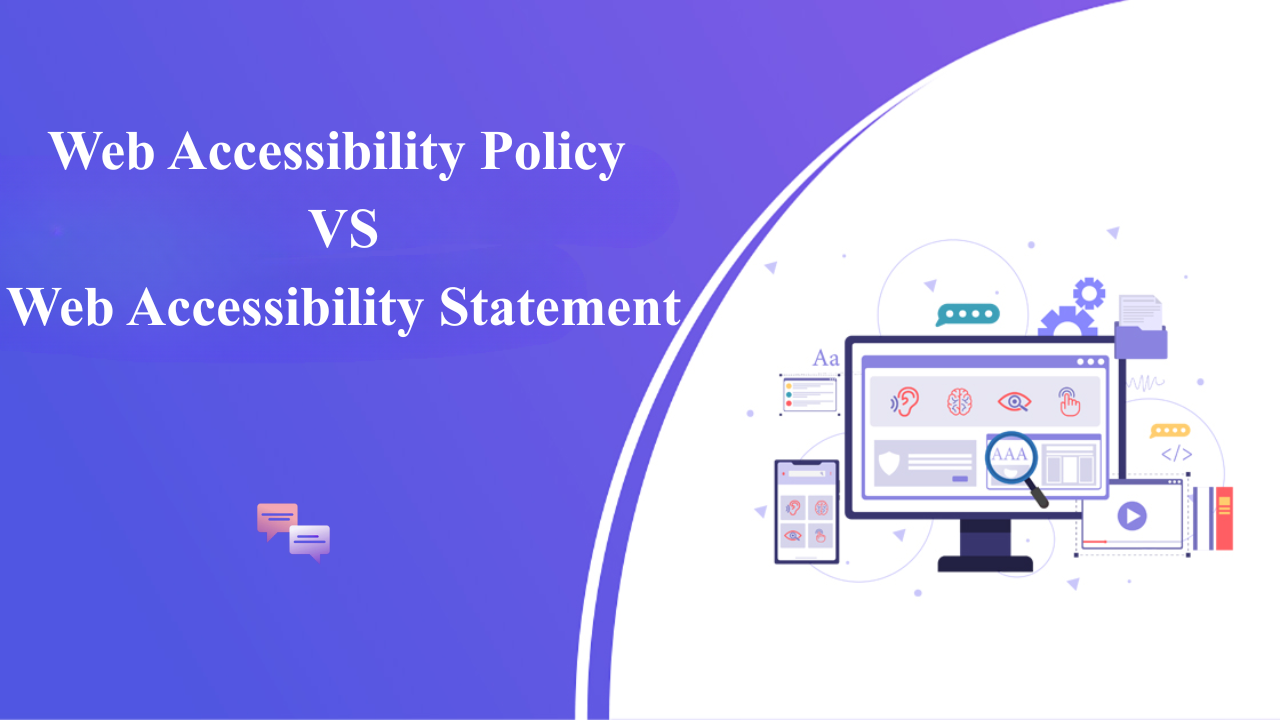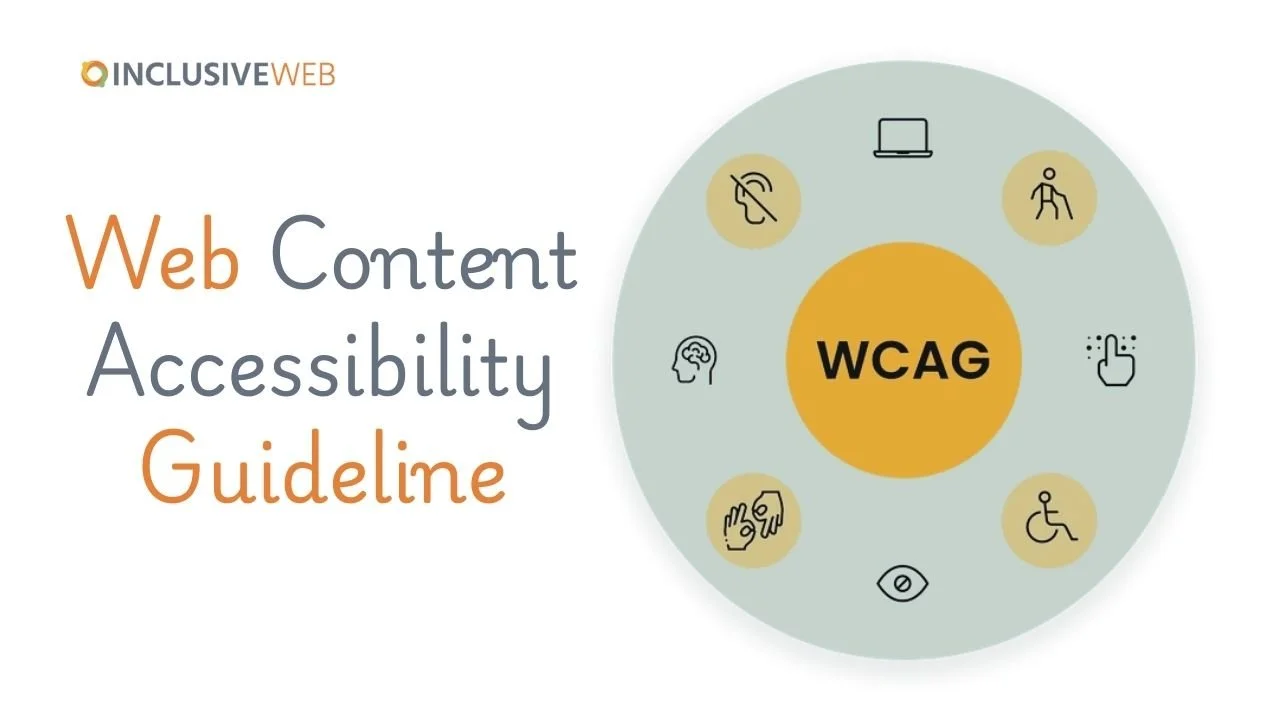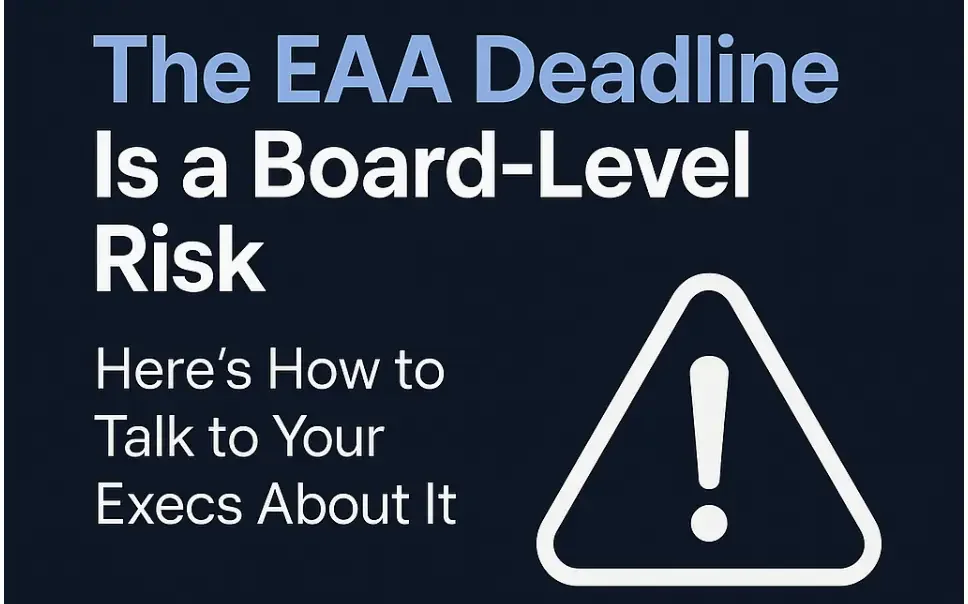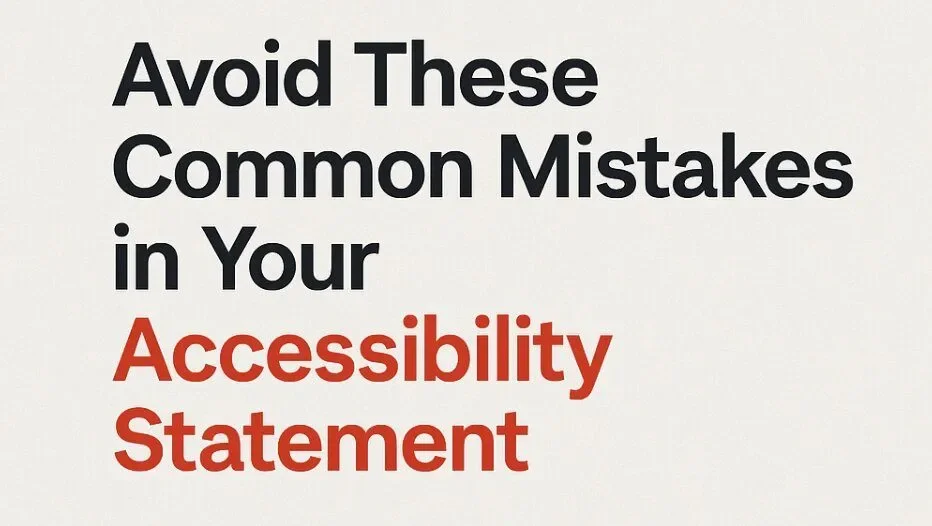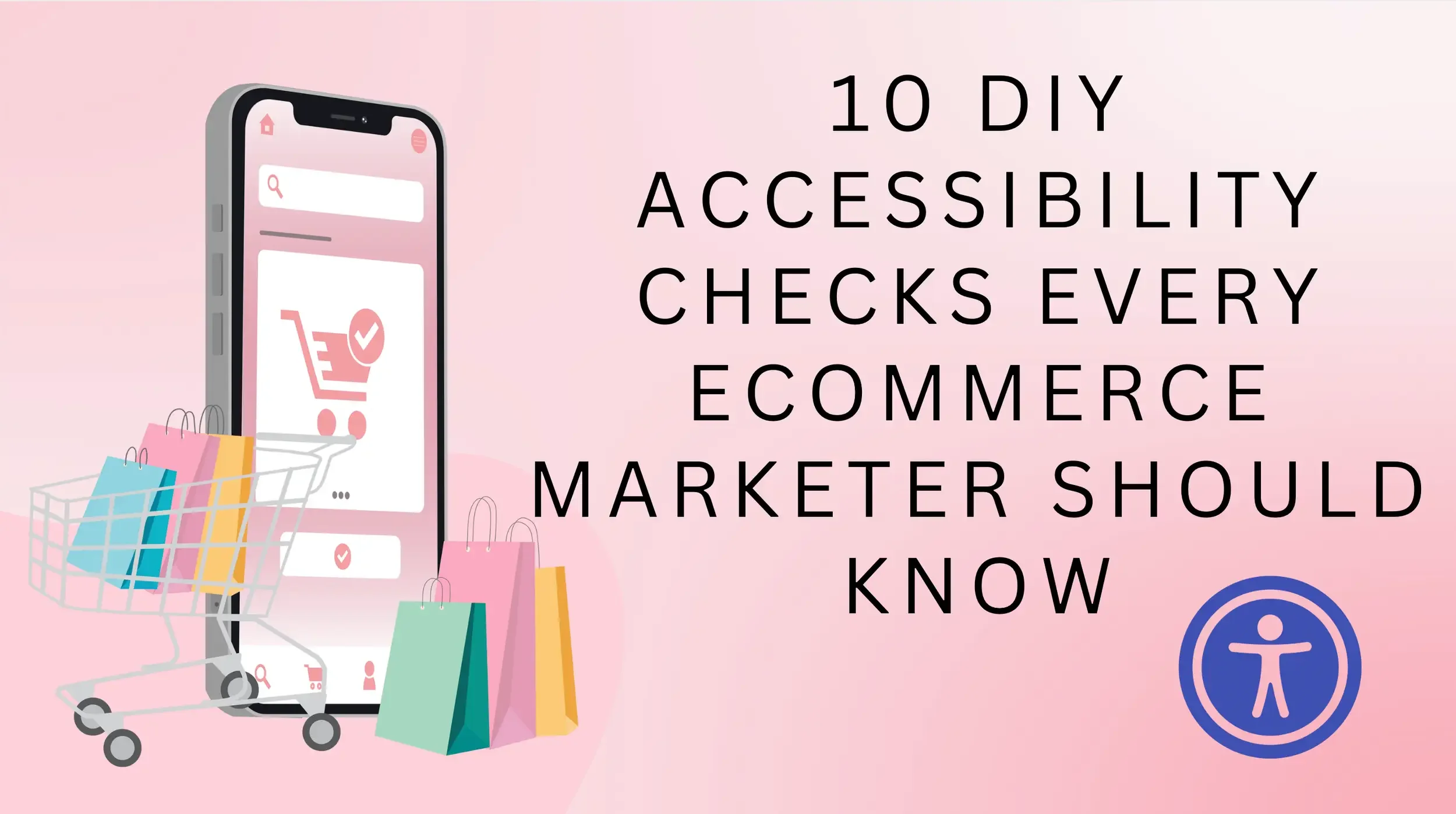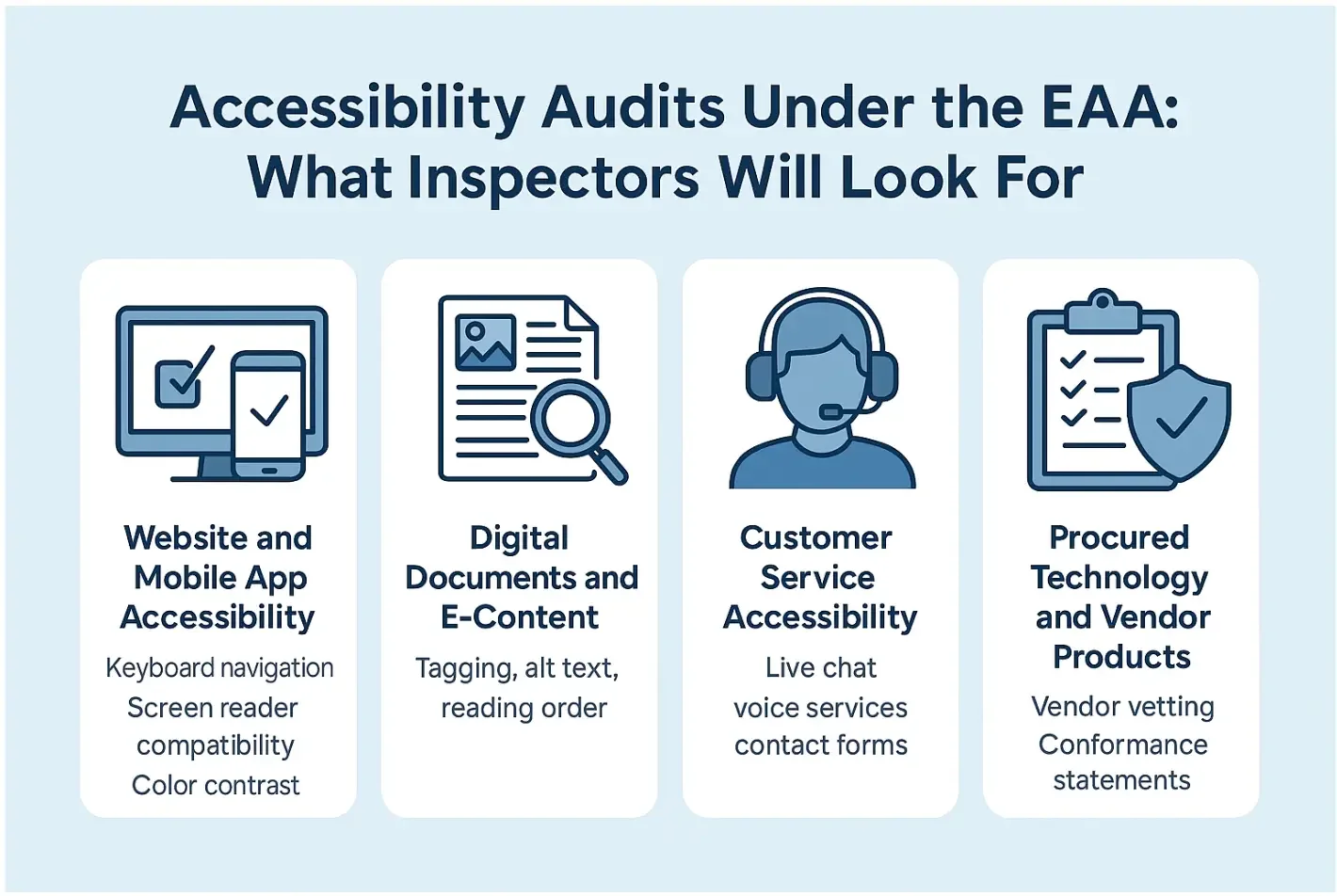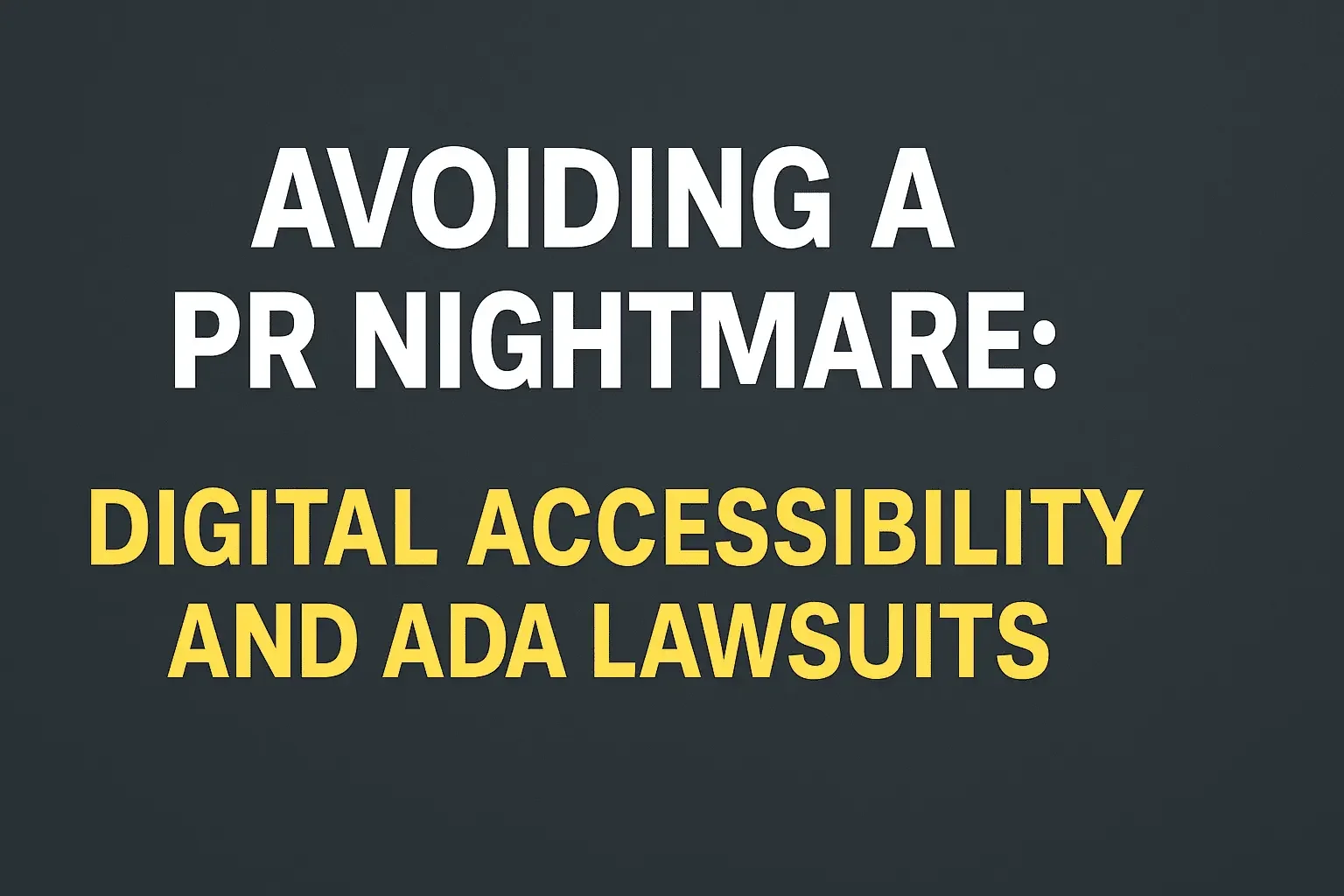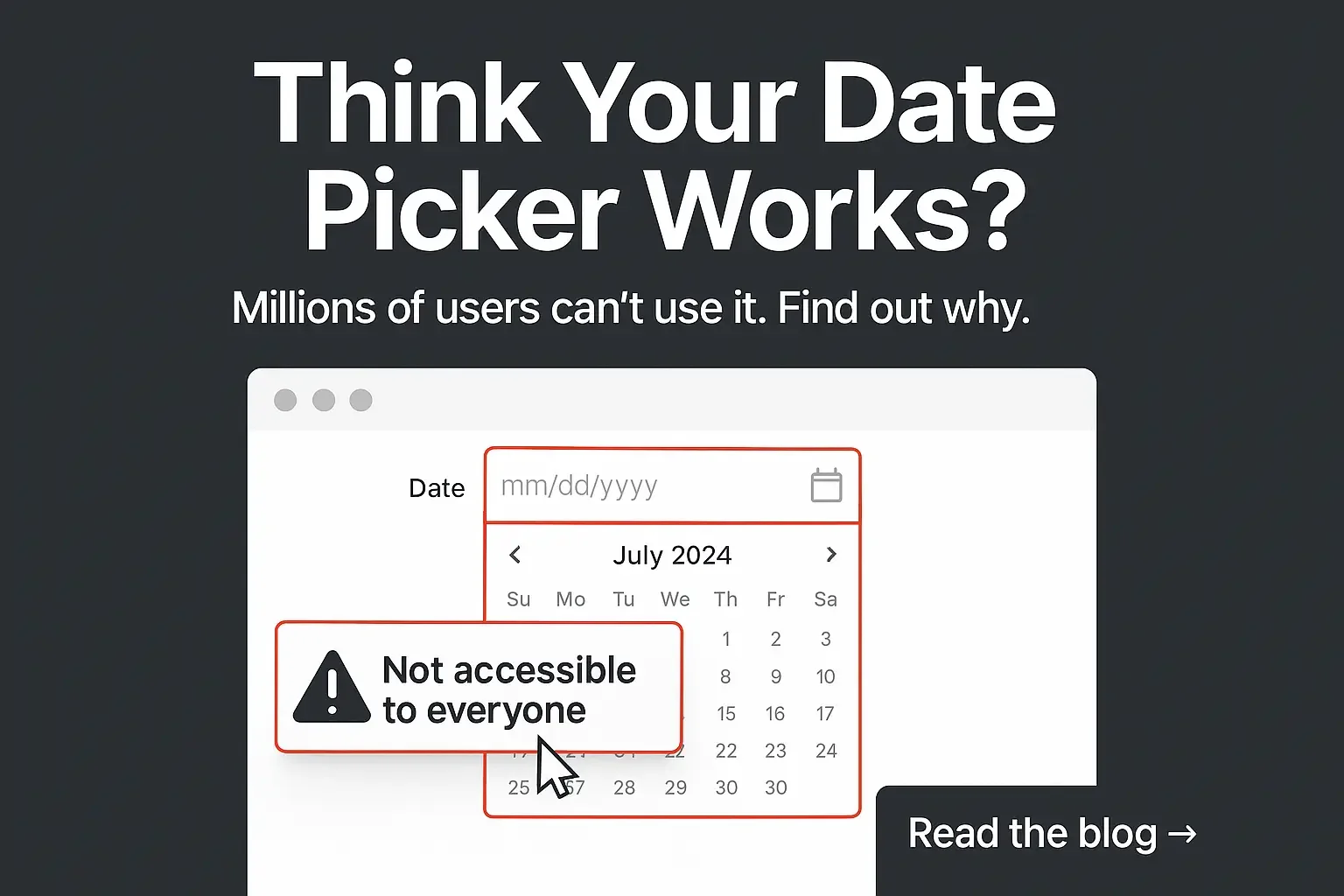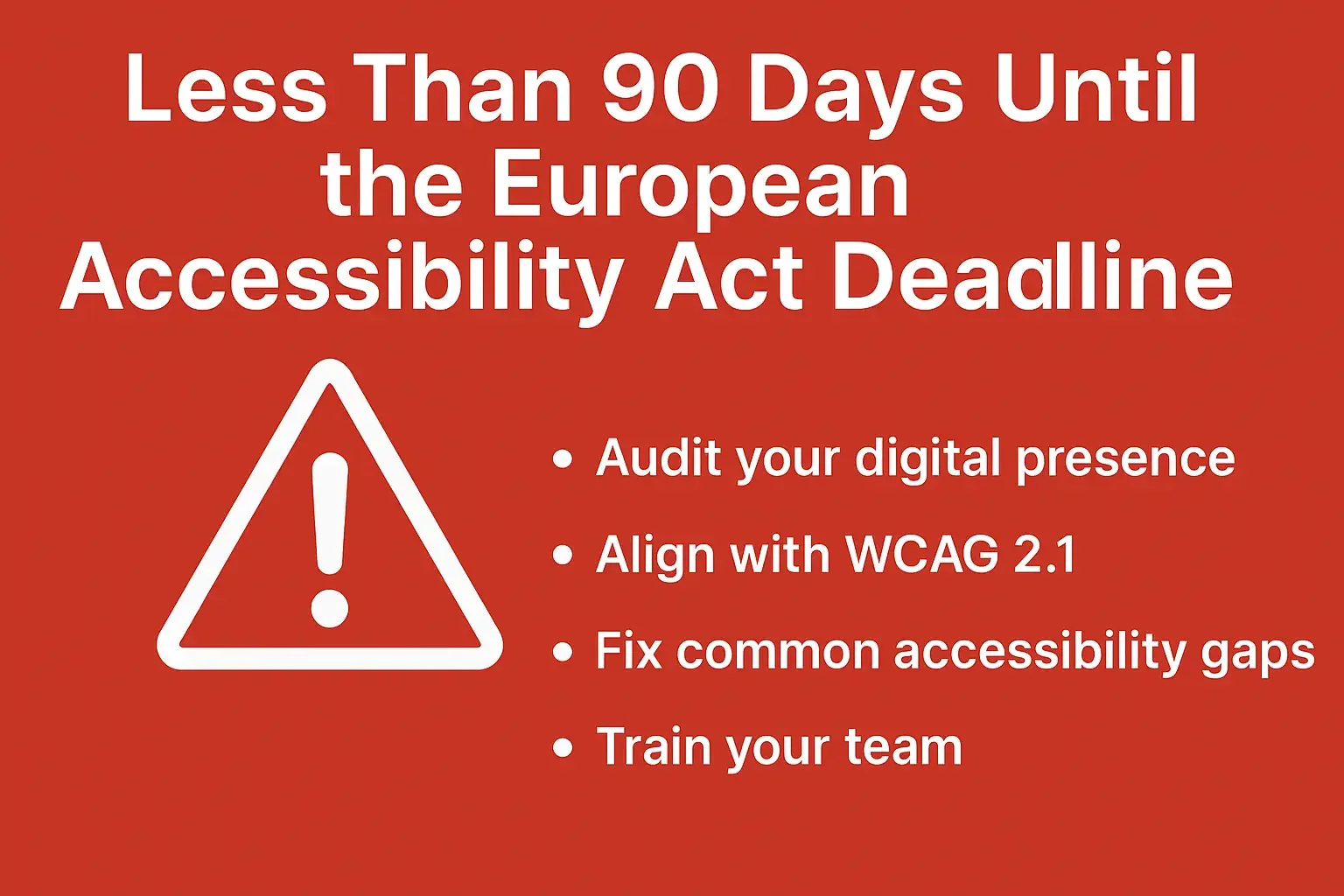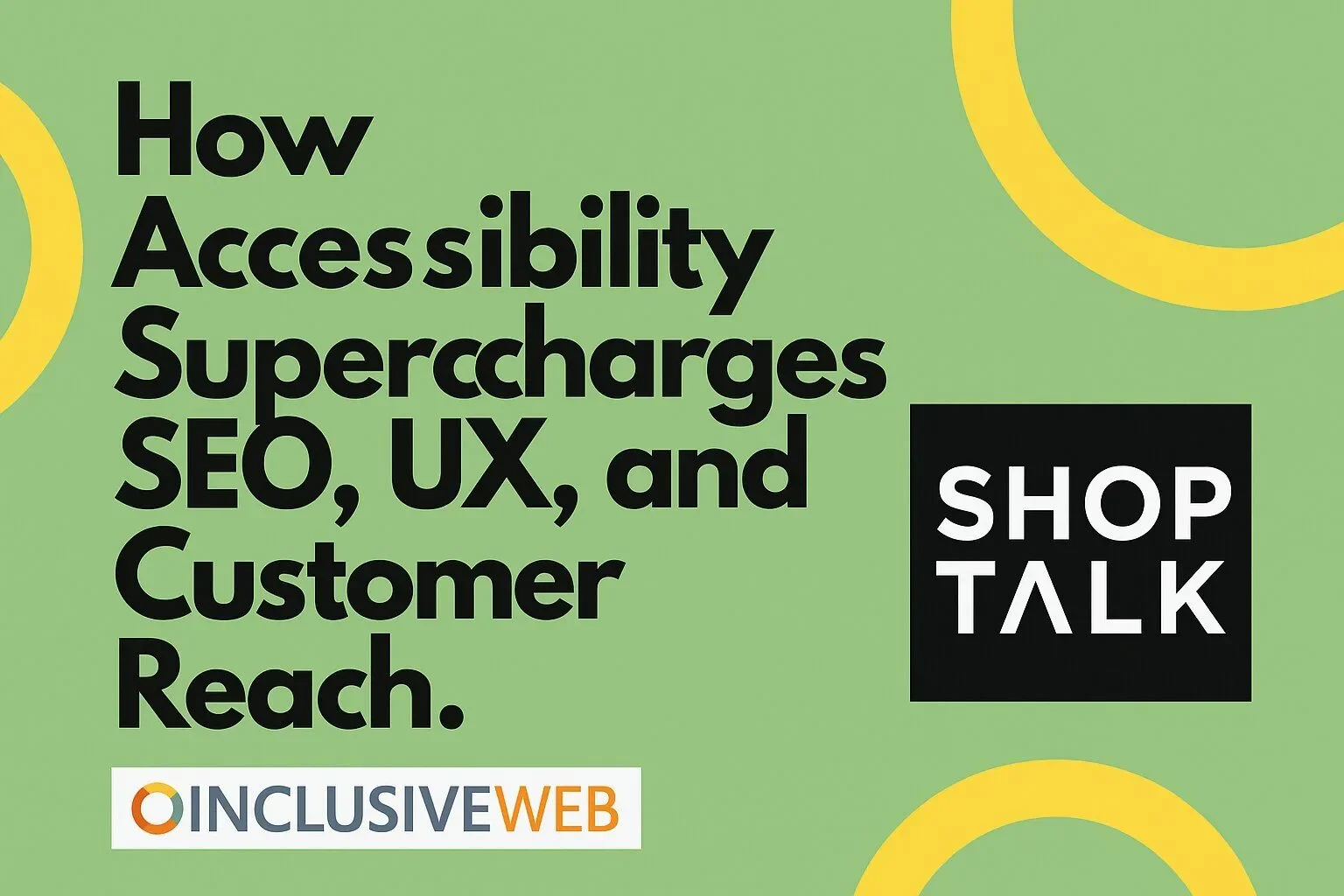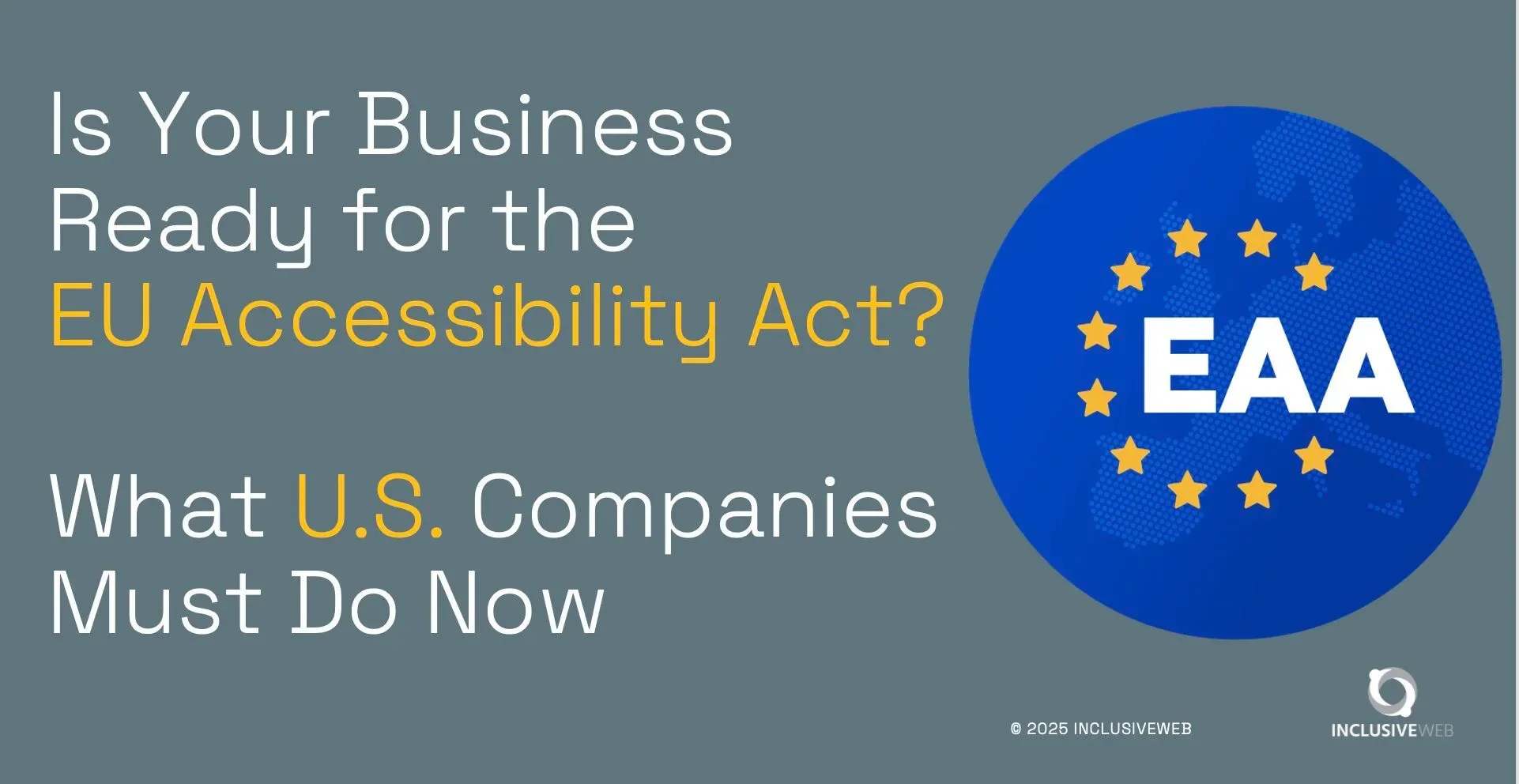Accessibility Resources
7 Reasons to Include Disabled Users in Your Testing Process
As the demand for accessible websites, apps, and digital services grows, it's essential for businesses to ensure that everyone, regardless of ability, can easily access their content. Two terms that often come up in this context are web accessibility statement and accessibility policy. While they might seem similar, they have different purposes and are not interchangeable.
Both are tied to accessibility, involve communication, and are key to staying compliant with the law. However, they serve distinct roles. Understanding the difference can help your business meet ADA requirements, follow accessibility guidelines, and show your commitment to inclusion.
Web Accessibility Policy vs. Statement: What’s the Difference?
As the demand for accessible websites, apps, and digital services grows, it's essential for businesses to ensure that everyone, regardless of ability, can easily access their content. Two terms that often come up in this context are web accessibility statement and accessibility policy. While they might seem similar, they have different purposes and are not interchangeable.
Both are tied to accessibility, involve communication, and are key to staying compliant with the law. However, they serve distinct roles. Understanding the difference can help your business meet ADA requirements, follow accessibility guidelines, and show your commitment to inclusion.
In this article, we'll break down what each term means, explain how they differ, and discuss why it's crucial for every organization to have both.
10 Essential Accessibility Features Every Website Should Have
A site is also likely to be the initial interaction between a company and its clients in the digital world today. However, when not all of your viewers can access your site completely, what will you do? Individuals with disabilities, such as visual, auditory, motor, or cognitive disabilities, can be hindered by factors and fail to access your content. This is where web accessibility characteristics come into play.
7 Must-Have Tools for Testing Web Accessibility
Testing your website for accessibility is easier than most people think. You don't need a computer science degree or a massive budget. You don't need to understand complex legal requirements or memorize technical standards.
What you need are the right tools and a few minutes of your time. The best accessibility testing tools work like spell-checkers for your website. They scan your pages, highlight problems, and tell you exactly how to fix them. Some are completely free. Others cost less than your monthly coffee budget.
These seven tools will show you problems before your customers run into them. More importantly, they'll show you how to create a website that actually works for everyone who wants to use it.
Digital Accessibility: Why Your Business Needs It
What if you could expand your customer base by 15% with some simple website changes? That's exactly what happens when you make your digital products accessible to people with disabilities.
We're talking about over a billion potential customers worldwide. In the US alone, people with disabilities and their families control nearly half a trillion dollars in spending power. Yet most businesses accidentally lock these customers out with websites that don't work properly for everyone.
10 Ways to Make Your Website More Accessible Today
The internet is meant for everyone, but here’s the truth—many websites still put up invisible walls for people with disabilities. Think about it: if someone can’t read your text because the colors blend together, or if a screen reader can’t find the “Checkout” button, they’re effectively locked out.
What Is a Web Accessibility Statement and Its Role in ADA Compliance?
A web accessibility statement is often overlooked, but it plays a big role. It’s a public note on your website that explains your commitment to accessibility. It tells visitors what steps you’ve taken—or are taking—to make sure your digital space is usable by all. Think of it as a promise to your audience that you care about inclusivity and equal access.
The Web Content Accessibility Guideline: Full Tutorial
When it comes to building websites and digital platforms, accessibility is not just an option, it is crucial. The Web Content Accessibility Guidelines, (WCAG) provide the leading global reference for designing online content that works for everyone, including individuals with disabilities.
Why Restaurants Are the #1 Target in ADA Lawsuits—And 4 DIY Tips on How to Protect Your Brand
In recent years, one trend has become alarmingly clear: restaurants are at the top of the list when it comes to ADA website lawsuits. In fact, nearly 40% of all digital accessibility litigations in the U.S. involve food service businesses.
Whether you're running a local café, managing a nationwide chain, or supporting restaurant websites as a developer or agency, this should be a wake-up call. Digital accessibility is no longer optional—it’s mission-critical.
The EAA Wake-Up Call: What France’s Legal Action Means for Every EU Business
On July 8, 2025, four of France’s largest grocery retailers — Auchan, Carrefour, E. Leclerc, and Picard — received formal legal notices demanding they comply with digital accessibility standards under the European Accessibility Act (EAA). The message is clear: accessibility enforcement has officially begun.
For many businesses operating in the European Union, this is the first real consequence of a law that’s been quietly looming in the background for years. The grace period is over — and France just sounded the alarm for everyone.
Post-EAA: What Compliance Leaders Are Doing Next
When the European Accessibility Act (EAA) took effect, it signaled more than just a new regulatory checkpoint—it catalyzed a broader evolution in how businesses approach accessibility. Now, with the dust settling post-EAA deadline, compliance leaders are rethinking their strategies, turning mandatory compliance into long-term opportunity. The question has shifted from “Are we compliant?” to “What more can we do?”
The EAA Deadline Is a Board-Level Risk. Here’s How to Talk to Your Execs About It.
Why This Needs Executive Attention—Now
The EAA affects a broad swath of digital products and services sold or used in the EU—from e-commerce platforms to banking apps, ticketing systems to e-books. Starting June 28, 2025, failing to meet accessibility standards could lead
Avoid These 5 Common Mistakes in Your Accessibility Statement (and Why They Matter for EAA Readiness)
As we approach the full enforcement of the European Accessibility Act (EAA) in June 2025, organizations across the EU (and those serving EU markets) are racing to ensure their digital experiences meet accessibility requirements. While the EAA doesn’t explicitly mandate public accessibility statements, having one—and getting it right—has become a powerful signal of readiness, transparency, and accountability.
10 DIY Accessibility Checks Every eCommerce Marketer Should Know (Before It’s Too Late)
The European Accessibility Act (EAA) takes full effect on June 28, 2025, and if your online store serves customers in the EU, you're officially on the clock.
The good news? You don’t need to be a developer or an accessibility specialist to start getting compliant today. These 10 DIY accessibility checks are designed for marketers, digital leads, and eCommerce teams who want fast answers and practical fixes.
Plus, we’ve included one bonus check—often missed but essential for keeping customers at checkout.
Accessibility Audits Under the EAA: What Inspectors Will Look For
With the European Accessibility Act (EAA) set for full enforcement in June 2025, organizations doing business in the EU must ensure their digital products and services meet accessibility requirements. But what does compliance actually involve? And how do accessibility audits work under the EAA?
Avoiding a PR Nightmare: What Restaurant Marketers Need to Know About ADA Lawsuits
In the hospitality industry, brand perception is everything. A single misstep can erode years of carefully cultivated loyalty. And in today’s digital-first world, inaccessible websites and mobile apps have become one of the biggest—and most avoidable—reputational risks for restaurant brands.
Booked or Blocked? Why Inaccessible Date Pickers Ruin Summer Travel Plans
Summer is the season of spontaneous getaways, family reunions, and long-awaited vacations. But for millions of people with disabilities, planning a trip online isn’t exciting—it’s frustrating. As travel sites ramp up their seasonal promotions and limited-time deals, one critical UI element consistently gets in the way: the date picker.
Less Than 90 Days Until the European Accessibility Act Deadline: Is Your Business Ready?
Time is running out.
By June 28, 2025, the European Accessibility Act (EAA) will come into full force—bringing with it a wave of accessibility requirements for businesses offering digital services and products across the EU.
That’s less than 90 days from now. If you haven't started preparing, the time to act is today.
How Accessibility Supercharges SEO, UX, and Customer Reach
In the race to stand out in retail, brands are constantly chasing better search rankings, higher conversions, and deeper customer loyalty. But there’s one strategic move that often flies under the radar — and it doesn’t involve flashy tech or big ad spend:
Why U.S. Business Owners Need to Prepare for the EU Accessibility Act
The European Accessibility Act (EAA) is set to reshape how businesses operate across borders, introducing stringent requirements for digital accessibility compliance. If your U.S.-based company serves customers or operates within the European Union (EU), now is the time to get ready. The EAA is not just a guideline; it’s a mandatory regulation with significant implications for businesses that fail to comply.

